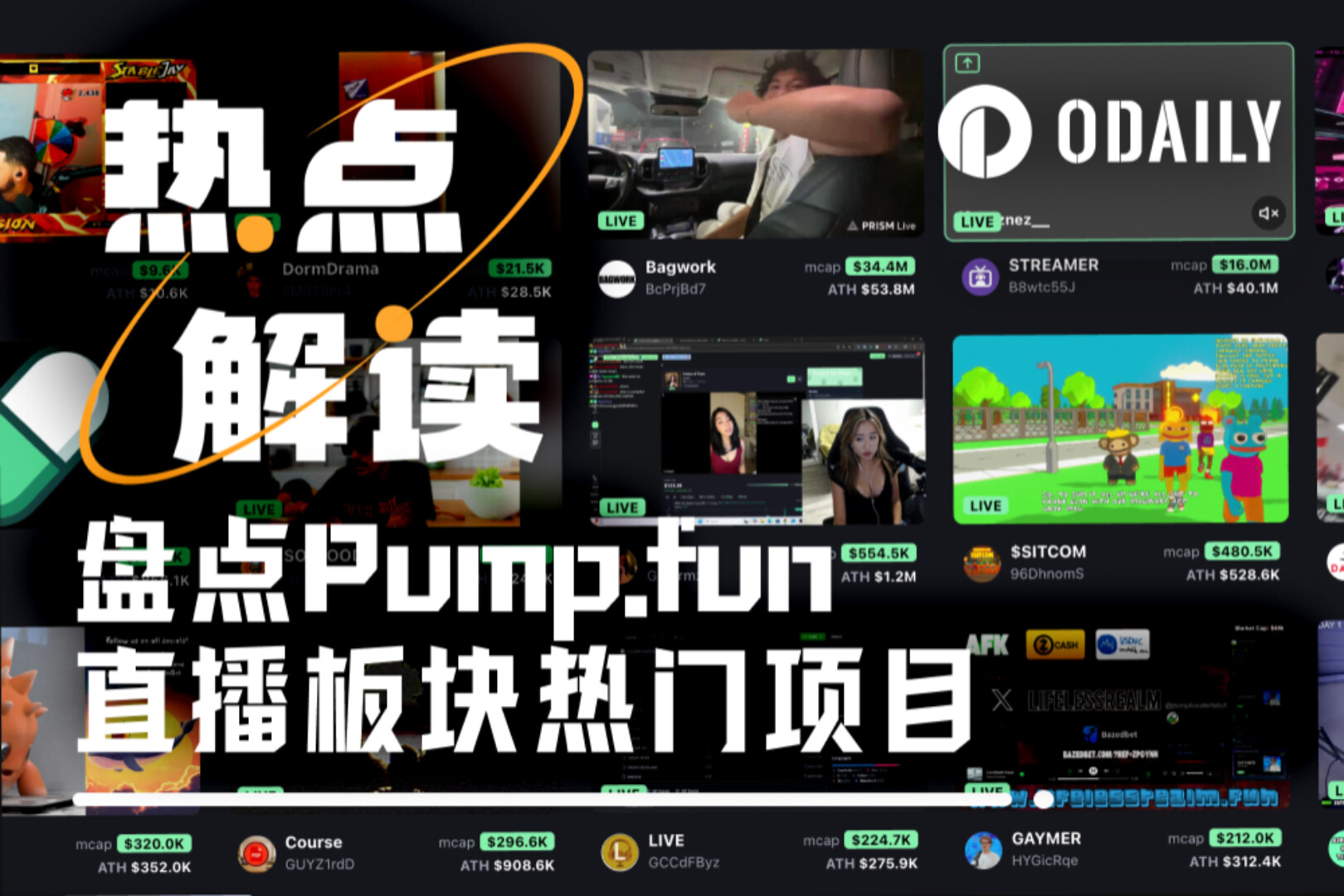The growth of the DeFi business took off from 2020, and the TVL increased 40 times from $600M to $25B. It can be intuitively felt from a phenomenon: DEX has grown from thousands of transactions per day to hundreds of thousands of transactions last year, and Uniswap’s single-day transaction volume even surpassed that of the old centralized exchange Coinbase.
The transaction volume on Ethereum continues to rise, but the block capacity is beginning to be tight, and mining pools choose GasPrice to sort transactions by bidding to maximize their benefits. At the same time, considering that there are front-running attacks in DeFi business technology, and users have psychological problems such as FOMO, as a result, everyone is willing to pay a higher price to make the transaction run faster. The high price of miners' fees makes us drift away from the original intention of inclusive finance.
secondary title
Is it difficult to expand the blockchain?
As early as 2010, Satoshi Nakamoto had already discussed the issue of capacity expansion. At first, Satoshi Nakamoto set the block capacity to 32M in the Bitcoin source code, but later the block transaction volume was always small, so he set the capacity to 1M. He himself also believes that if there is a need for capacity expansion, then it is enough to set the block height in the code to automatically upgrade the block capacity. But later, the expansion of Bitcoin was not so smooth. The main difference was whether to adopt "Segregated Witness and Lightning Network" or "increase block capacity". The former believes that "an increase in block capacity requires higher bandwidth and storage, which will gradually centralize nodes", and hopes to use the two technologies of Segregated Witness and Lightning Network to complete the expansion without increasing the block capacity. Note: This is why Eth2 hopes to use PoS to lower the node threshold, so that more people can become validators, making it the ideal of a decentralized world ledger. Of course, this is no longer a technical issue in the end, but has risen to an ideological battle. After experiencing the backlash and distrust of the Hong Kong consensus, it finally went to the road of hard fork, forming the current two expansion routes of Bitcoin Core and Bitcoin Classic. The Bitcoin expansion process is like a drama. We can see the implementation of expansion technologies such as SegWit, Schnorr Signature, and Lightning Network, but there has been no qualitative change. SegWit: Transaction data compression to 25%; Schnorr Signature: single-signature data compressed to 50%; multi-signature: multiple transactions compressed into a single transaction volume; Lightning Network: There is a lack of peer-to-peer micropayment scenarios, and the asset size is only 1000+ BTC. Later, Joseph Poon, the author of the Lightning Network white paper, moved to the Ethereum community and released the Plasma white paper with Vitalik in 2017, trying to solve the scaling problem of Ethereum. Plasma advocates moving the calculation and storage of transactions to Layer2, then compressing multiple transactions into one block, and submitting the Merkle root of the block to the Layer1 Plasma contract, thereby increasing throughput and reducing transaction costs. Layer 2 relies on the Layer 1 Plasma contract as a security trust and arbitration layer. If there is a problem/evil in Layer 2, users can use the Layer 1 Plasma contract to withdraw funds. Withdrawing funds is subject to a challenge period of approximately 2 weeks, during which anyone can submit a "proof of fraud" to prove that the withdrawal is invalid and thus be rewarded. On the contrary, if there is no problem, wait for the end of the challenge period and exit smoothly. Vitalik said that Plasma is side chains that have a non-custodial property. The main reason is that users need to trust the Side Chain mechanism and cannot guarantee the ownership of their own funds. However, Plasma allows users to apply for withdrawing funds at any time through interactive fraud proofs. Even if there is a problem/evil in the Plasma sub-chain. Plasma was the hope of the community, we can see many variants of Plasma implemented such as OmiseGo, Matic, Loom, etc., but because of some flaws, it did not win the favor of the community: Lack of data availability, users have to rely on Plasma trusted node data or constantly monitor the network for evil, and cannot obtain the same security as Layer1. The withdrawal cycle is long, relying on a fraudulent proof challenge period of up to two weeks. If someone does evil and no one finds out and submits a fraudulent (fraud) proof during the challenge period, there is a risk of loss of user funds. The above paragraph may be a bit difficult to understand, let's give an example of data availability: When you go to a casino to play Texas Hold'em, you exchange dollars for chips from the counter (Layer1), then you start playing Texas Hold'em for a few hours at a random table (Layer2 trading), and when you win big , you are about to get up and go to the counter to exchange chips. At this time, the bad guys in the casino give you a blow, you lose your memory (the data is unavailable), and the croupier at the poker table acts as if nothing happened, restarts the game just now, and defrauds you of the chips you should have won . Judging from the expansion of Bitcoin and Ethereum in the past, we have gradually found what the ideal expansion plan should look like Maintain block size and avoid centralization; Support data availability, users can rebuild transaction status from L1; With the 2019 Ethereum hard fork upgrade-Istanbul, we are getting closer and closer to the ideal expansion solution. This upgrade includes two Layer2 friendly EIP proposals EIP-1108: Make SNARKs and STARKs verification operations cheaper; secondary title What is Rollup? Rollup has many Chinese translations, and one of the joke translations is "spring roll". You can imagine the feeling of rolling up food and eating it in one bite. In fact, Rollup is to compress the transaction data and put it on Layer 1, so that the same block capacity can be filled with more transactions, and the expansion from 30 TPS to 3000 TPS level, and then combined with Eth2 Sharding expansion, the effect can be compared to the current Visa. level. How to compress data? Compression is the essence of Rollup. Ingenious compression techniques can squeeze more transactions, while compressing data on-chain can provide "data availability" and ensure the security of user assets. A simple Ethereum transaction (such as sending ETH) typically consumes about 110 bytes. However, sending ETH on Rollup only consumes about 12 bytes. Let's take the receiving address and transaction signature as an example: To: use "index" instead of 20-byte address (for example: an address is the 4,527th address in the "state tree", we can use index 4,527 to represent it); Signature: Using the characteristics of zero-knowledge proofs, thousands of transaction signatures are converted into zero-knowledge proofs, and thousands of transactions are verified to be valid by checking the validity of the proofs. Rollup plan comparison Rollup schemes are mainly divided into two types: ZK Rollup and Optimistic Rollup. The former uses validity proofs, while the latter uses fraudulent proofs. The concepts behind these two proof methods are different: Proof of effectiveness: Mathematical methods are used to ensure financial security, smooth user experience and privacy, but general EVM calculations cannot be supported in the short term; Fraudulent proof: supports general EVM calculation (convenient for Ethereum project migration), but cannot adopt zero-knowledge proof in the short term, so choose fraudulent proof in compromise to ensure the security of funds. Finally, in order to describe the development process of Layer 2, this article mentions some different expansion solutions in the past, but this does not mean that the ideas of these solutions have failed. In addition to technical issues, commercial feasibility is also worth pondering, as Vitalik commented on these two Rollup solutions: In the short term, Optimitic Rollup is likely to win in general EVM calculations, while ZK Rollup may win in simple payment, transaction and other specific application scenarios. But in the medium and long term, with the improvement of ZK-SNARK technology, ZK Rollup will eventually win in all scenarios.The Current State of Layer 2 Rollup



